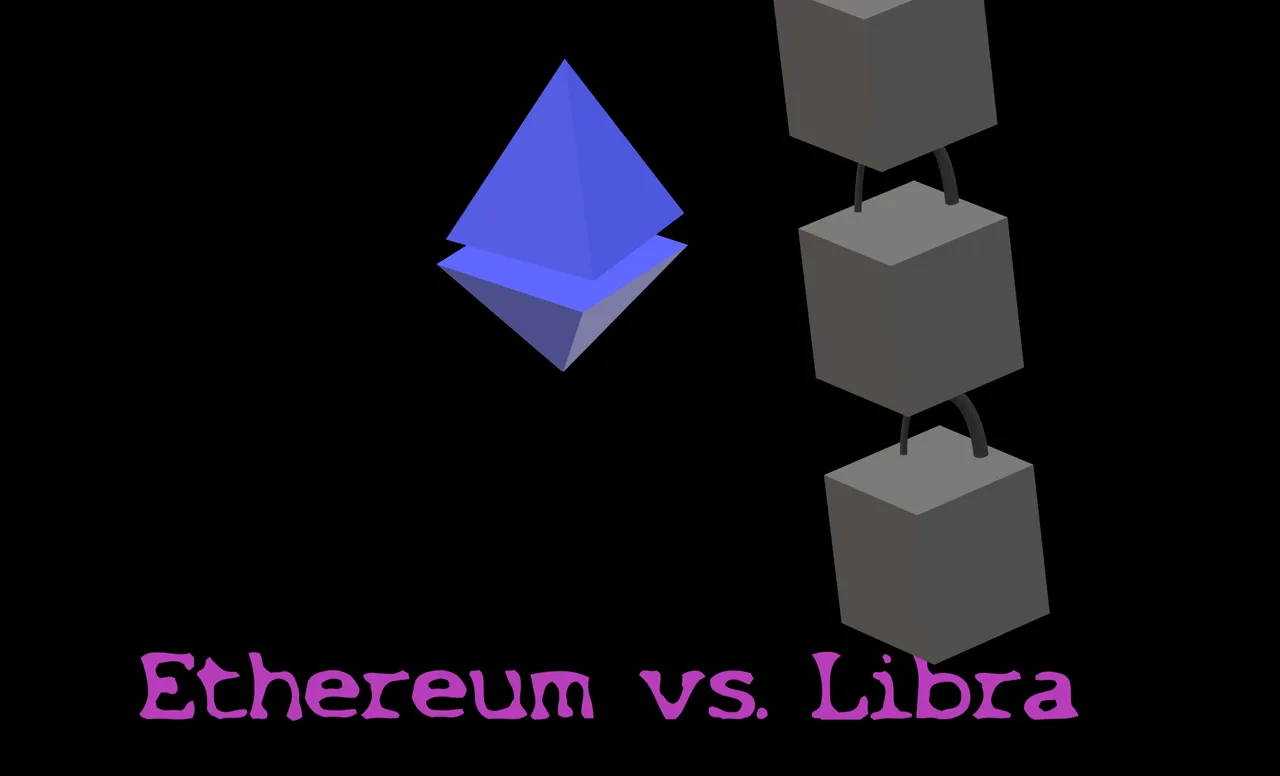
Letter To The Committee Of Financial Services
Dear Committee Members,
Please consider this message intended to help public representatives seeking knowledge on the technologies relating to Facebook’s Libra and other blockchains. In this message I would like to explain the differences between Libra and Ethereum and why the US dollar can benefit from Ethereum.
First, you may be wondering why I am making a comparison between Libra and Ethereum and not comparing Libra with Bitcoin. Although Bitcoin was the first blockchain and is the most well known, Bitcoin is a digital store of value often referred to as the digital or internet gold. There are no real uses for it outside of the purpose of storing value and speculative investing, while Ethereum is an excellent foundation for the future of the US dollar.
Ethereum vs. Libra
Libra aims to create a currency that will be backed by a variety of fiat currencies with the US dollar being the most prominent one. However, members of the Committee of Financial Services in the meeting over Libra astutely recognized that nothing prevents the creators of Libra from rearranging the ratio in the basket of assets.
Facebook's initiative with its blockchain has the potential to reduce the controls the United States government has on its own national currency. The effects of allowing national currencies to be in the hands of a privatized organization in the form of an asset resembling an ETF could be catastrophic.
Ethereum: A Solid Foundation For National Currencies
The Ethereum blockchain is not quite as well known as Bitcoin, but it currently stands in the second position for market cap as well as being the blockchain with the greatest number of developers and businesses building on it.
The vast majority of DeFi (decentralized finance) projects trust Ethereum as the base layer of security for their applications. The most popular of these projects is called Maker, which is a decentralized governance system that supports a stablecoin named DAI and its peg to the US dollar. This project alone currently has 71% of the value of the entire DeFi space on Ethereum.
The incredible success of the Maker project suggests a strong demand exists in the blockchain industry for a representative token for the US dollar. A variety of tokens exist to satisfy this demand in the cryptocurrency industry for the US dollar such as Maker's DAI, USDT, Tether and others.
Bitcoin and the many other blockchain assets of speculative value fluctuate in their valuations so drastically that it motivates an increased global demand for access to the US dollar.
Ethereum Is Neutral
Libra is designed to be managed by a select group of organizations, while Bitcoin is much more decentralized. However, neither of these blockchains are neutral in the sense that Ethereum is neutral when it comes to national monetary policies.
The Ethereum blockchain is perhaps the best example of a utility token in existence. While Libra claims to be a stablecoin and a currency and Bitcoin claims to be gold and the future of money, Ethereum is actually explained by its designers to be a type of fuel. Ether, the native coin of Ethereum, is the fuel that runs many computer applications on its network.
The explosion of ICOs (Initial Coin Offerings) of late 2017 and early 2018 was not connected to Bitcoin so much as it was an unexpected initial outcome due to Ethereum's unique capability to empower governments, businesses and even individuals to create programmable assets that enjoy the security of a globally maintained ledger.
The many use cases for Ethereum's technology excited the developer community as its native language Solidity became the hot programming language to learn. To date, Ethereum maintains the largest community of developers of all blockchain projects, even surpassing Bitcoin.
Why are nations and businesses choosing Ethereum? This is because Ethereum is the most inclusive of the three blockchain visions. The design of Bitcoin, much like gold, is to be a hedge against and one day a potential alternative to the current monetary policy.
Ethereum, on the other hand, is not an alternative to the global monetary policy but an upgrade of it. Ethereum's purpose is not to replace the US dollar but to empower the United States government to create, manage and track a digital representative of the US dollar with enhanced efficiency compared to traditional systems.
Utilizing smart contract capabilities on Ethereum, the US dollar could more effectively be managed for international trading. Additionally, creators of smart contracts are able to manage the unique monetary policy of the tokens they create and are not limited to any economic restrictions. US departments would be able to issue and destroy tokens representing USD according to traditional laws and policies.
The digitizing of the US dollar to a token on Ethereum has many potential benefits. Anything that can be built with a modern programming language can be built on Ethereum, allowing for national currencies to have very flexible procedures. Not only does the Ethereum blockchain provide the US dollar the ability to become programmable money, but the decentralized nature of this network allows for enhanced trustless interactions in sensitive nation-to-nation negotiations.
It can be attractive to a national government to adopt blockchain technology for creating an exclusive and permissioned network rather than embracing an open, decentralized blockchain. However, in cases of nation-to-nation negotiations the ideal medium is clearly a globally secured and decentralized thirdparty platform such as Ethereum that allows all parties to audit the contracts. Only the open, decentralized and trustless nature of Ethereum is suitable for these types of operations, because it is neutral.